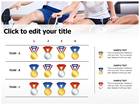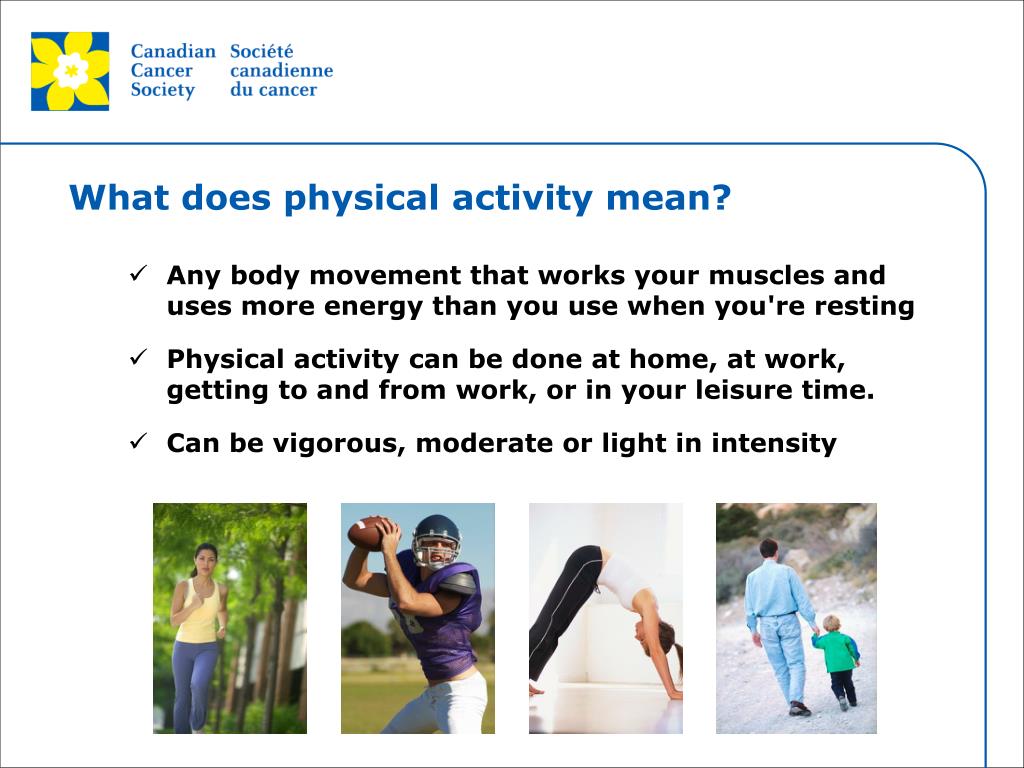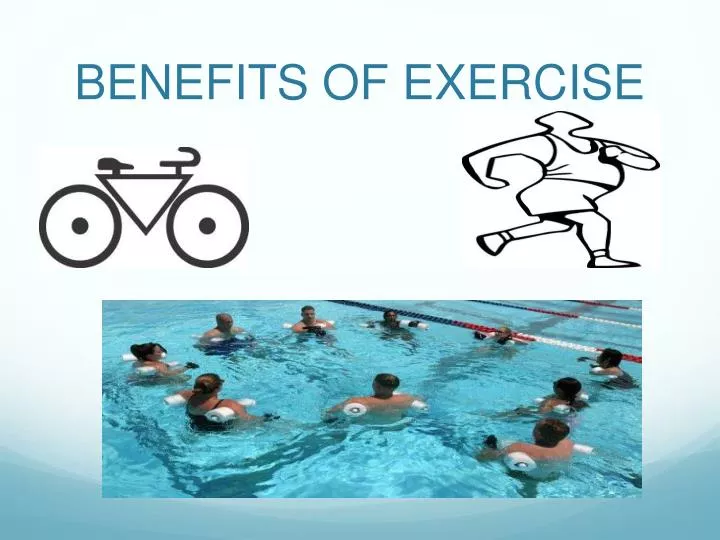


The average resting heart rate is 60-80 beats per minute, but it’s usually lower for physically fit people. It’s best to check it in the morning after you’ve had a good night’s sleep and before you get out of bed.


Aerobic Exercise: large amounts of oxygen are required continually for an extended period of time.Exercises can be anaerobic, aerobic or a combination of both energy systems The ratio of lean body mass to body fatĪerobic vs Anaerobic ExerciseAnaerobic and aerobic respiration are ways your body converts food into energy so that your brain, muscles and other organs can function normally.Ability of the muscle to continue to perform without fatigue.Maximum amount of force a muscle can produce in a single effort.The ability to bend and move the joints.The ability of the circulatory and respiratory systems to supply oxygen during physical activity.T: Frequency: How often you exercise Intensity: How hard you are working Time: How long you are working Type: What type of activity you are doing.
#Physical activity powerpoint templates for google docs how to
What can physical activity do for your body?īenefits of Physical Activity Reduces feelings of depression and anxiety Improves circulation to the brain Produces higher levels of endorphins (feel well chemicals) Helps control weight Increases metabolic rate, burns calories, shrinks fat cells Builds and maintains healthy bones, muscles, and joints Helps prevent osteoporosis Reduces the risk of cardiovascular diseases Physical activity provides muscle cells with oxygen – making muscle fibers thicker and stronger SOOOOOO many more benefits not listed.įITT FormulaA formula in which each letter represents a factor for determining how to obtain fitness befits from physical activity.It is recommended that teenagers be physically active for 60 minutes each day.Any bodily movement produced by skeletal muscles that results in using energy is physical activity.


 0 kommentar(er)
0 kommentar(er)
